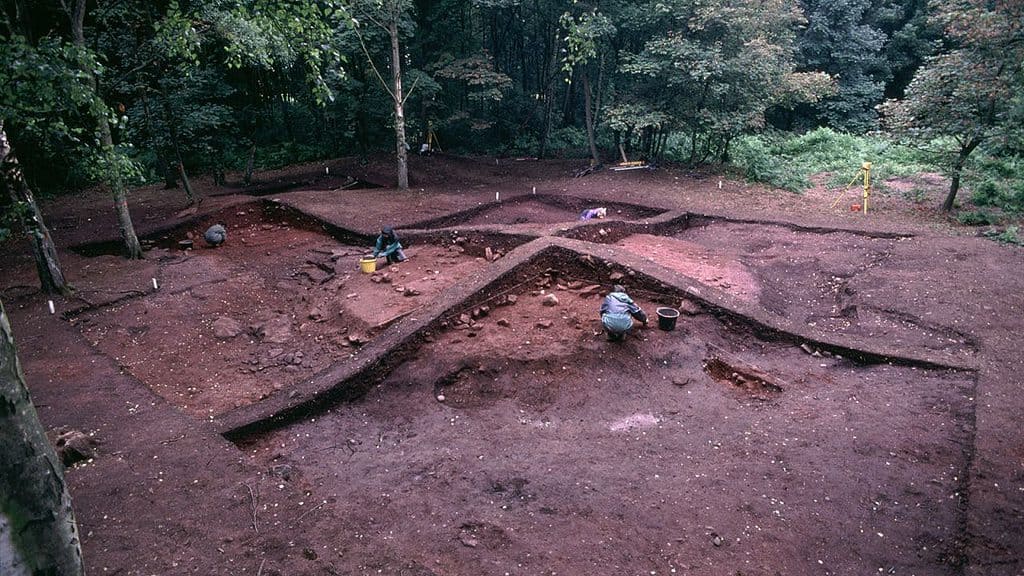We all like to travel with our pets whenever we can, including Vikings. When they crossed the North Sea from Scandinavia to reach Britain in the ninth century AD, they brought their dogs and horses with them, according to a new study. Archaeologists made the finding while going through the remains from a Viking cemetery in the UK.

Researchers from Durham University in the UK and the Vrije Universiteit in Belgium found evidence of one human adult and several animals who almost certainly came from Scandinavia and died soon after arrival in Britain. This suggests the Vikings weren’t just stealing animals when arriving in Britain, as tales from the time describe.
The finding provides new insights when compared with what used to be the main source material used by researchers, the Anglo-Saxon Chronicle, an annual record of events compiled around 890 AD and written in Old English. The Viking army, which included warriors from different places but mostly from Scandinavia, invaded Britain in 865 AD.
“Our most important primary source, the Anglo-Saxon Chronicle, states that the Vikings were taking horses from the locals in East Anglia when they first arrived, but this was clearly not the whole story, and they most likely transported animals alongside people on ships,” lead study author Tessi Löffelmann said in a statement.
Vikings and their animals
While the remains at the cemetery had been cremated, several bone fragments remained, which were then used by the researchers for the study. They analyzed femur and cranium bones that they traced to two adults, one child and three animals – likely a horse, a dog and a pig. Cremation was a common practice in Scandinavia.
The researchers then tested the bone fragments for strontium, a natural element found across the world that provides a geographical fingerprint for human and animal movements. While bones from one adult and one kid were local to the area, bones of another adult and all the animals originated from Scandinavia, based on the strontium ratios.
The fact that the adult and the animals were included in the same cremation fire suggests that the adult was someone important who brought his horse and dog to the UK and that the animals were sacrificed when the person died. It’s also possible that the pig bone was preserved food taken from home rather than a living pig that was transported.
“This is the first scientific demonstration that Viking warriors were transporting horses to England two hundred years earlier. It shows how much Viking leaders valued their personal horses and hounds that they brought them from Scandinavia, and that the animals were sacrificed to be buried with their owners,” Julian Richards, who co-led the excavations, said in a statement.
Previous studies at the cemetery used carbon dating to establish that cremation had occurred between the eighth and 10th centuries, but the origins of the cremated individuals and animals were unclear. The area is of special interest to the researchers because the Viking Great Army spent their winters at Repton, which is close to the cemetery, in 873 AD.
The study was published in the journal PLOS ONE.






